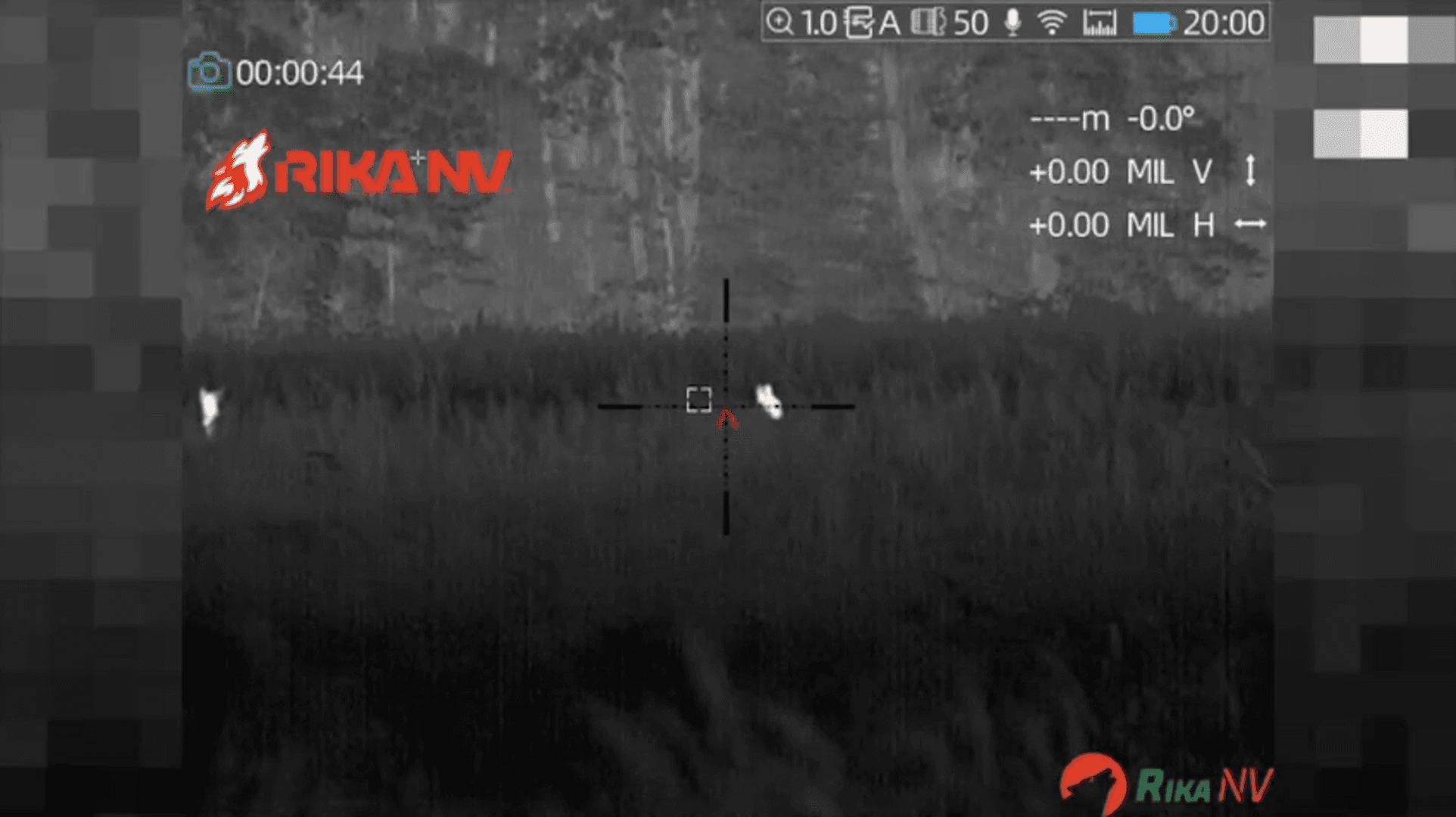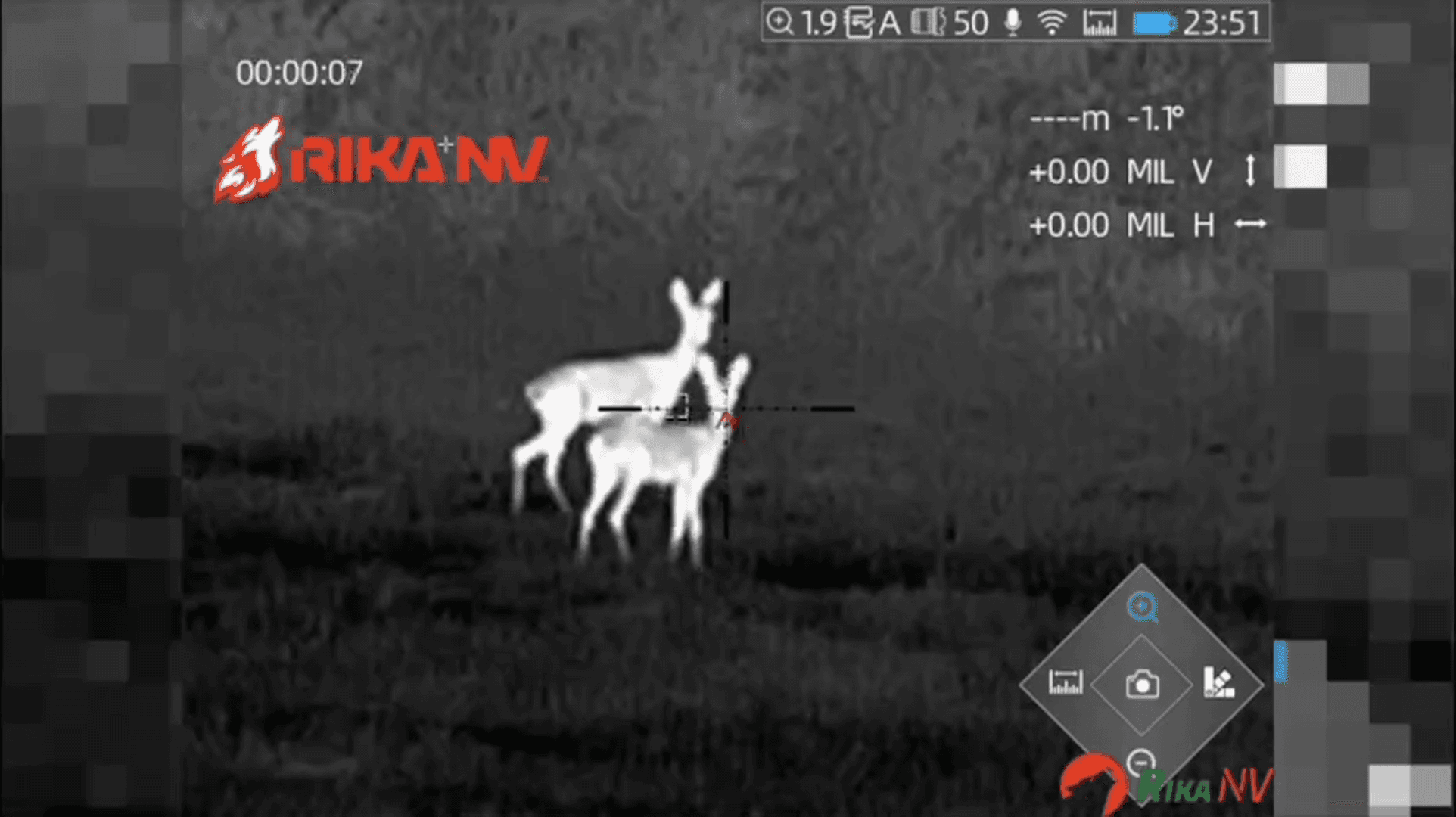
HUNTING IN THE NORTHWEST TERRITORIES (N.W.T.): EXPLORING GEOGRAPHICAL CHARACTERISTICS, DEMOGRAPHICS, ASSOCIATIONS AND CLUBS, LAWS AND HUNTING SEASONS The Northwest Territories (N.W.T.) in Canada is a hunter’s paradise, offering vast wilderness, pristine landscapes, and an abundance of wildlife. This region is renowned for its remote and rugged beauty, making it a dream destination for hunters seeking adventure and challenge. From the sprawling tundra to the dense boreal forests, the N.W.T. provides a unique hunting experience unlike any other. Geographical and Natural Features of the N.W.T. The N.W.T. is a land of extremes, covering over 1.3 million square kilometers of diverse terrain. The region is characterized by its vast tundra, boreal forests, rugged mountains, and countless lakes and rivers. The Mackenzie River, one of the longest in North America, runs through the territory, providing vital habitats for wildlife. The Arctic coastline and the barrenlands offer unique hunting
Post: 15 May 12:07














































